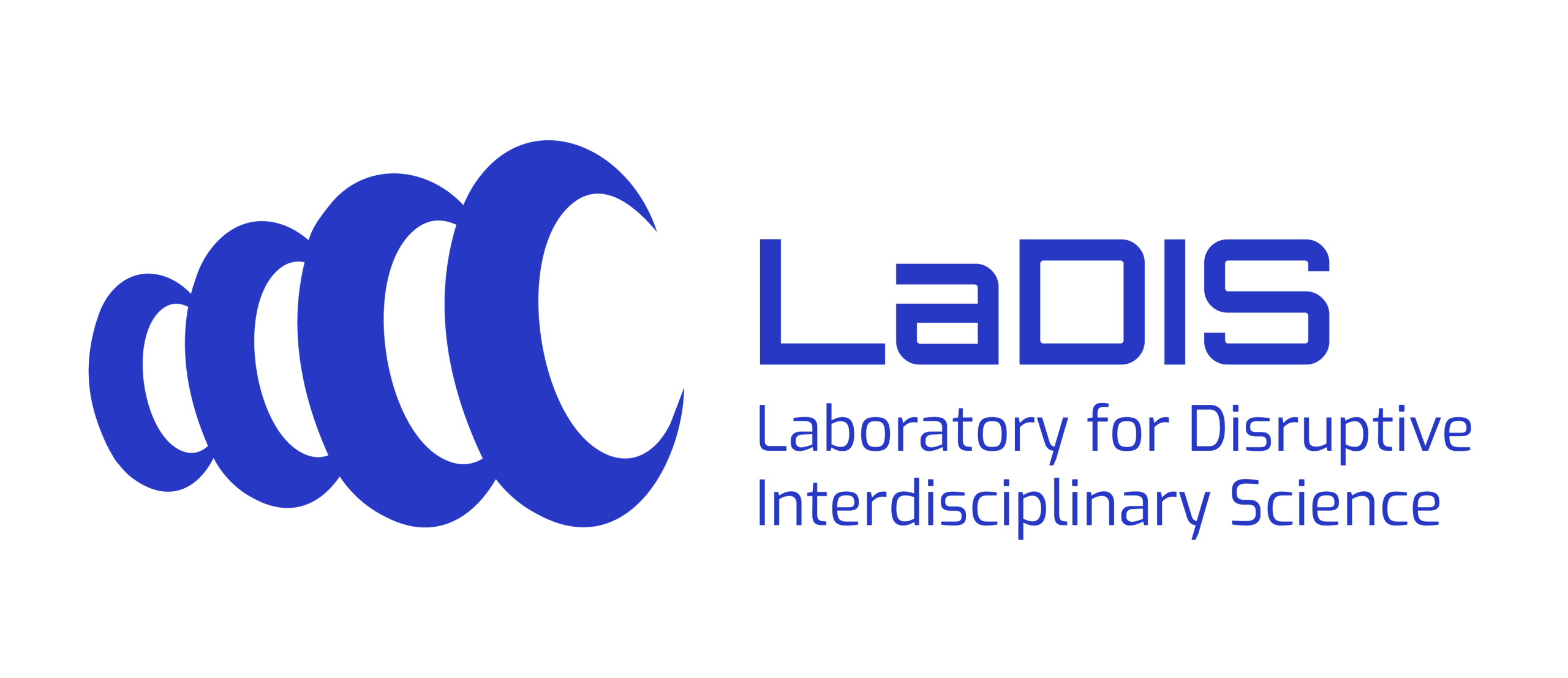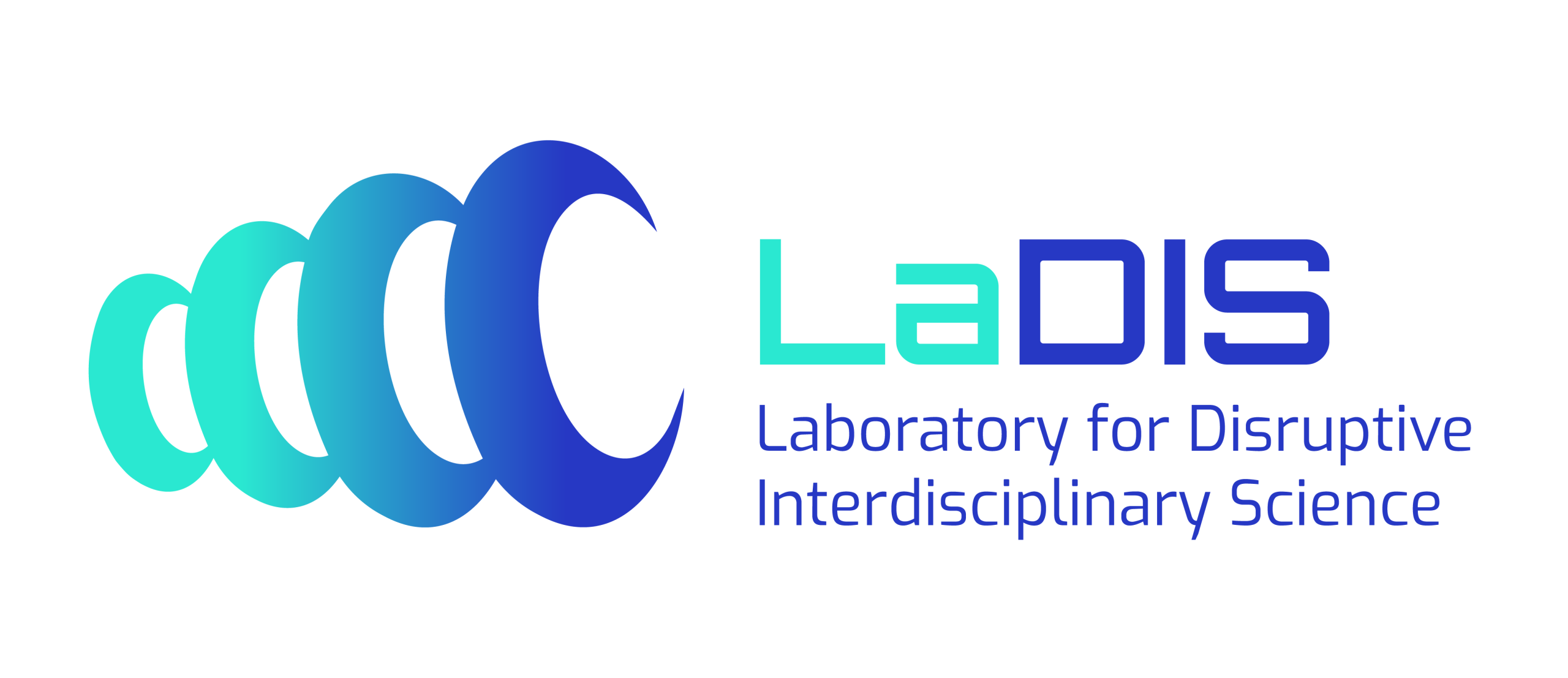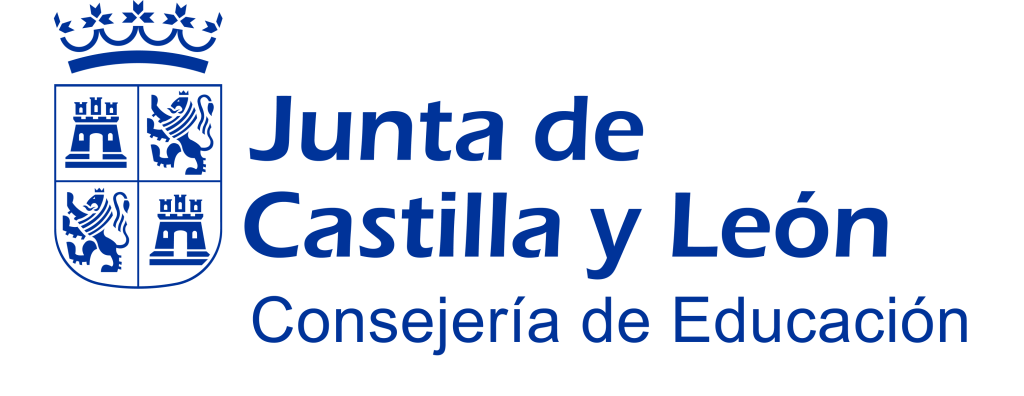Where disciplines meet, innovation begins
Five research lines that connect fields, methods and challenges.
The Five Strategic Lines
The most pressing scientific questions today don’t belong to a single discipline. That’s why LaDIS doesn’t just coordinate independent research — it creates shared spaces where fields interact.
Our five strategic lines are the backbone of this approach. Each one brings together tools, theories and people from different domains to work on challenges that require more than one perspective. These lines are not administrative structures — they are living ecosystems where real collaboration happens.
Physics and Biology
Bringing the logic of physics into the complexity of life.
This line explores how the theoretical frameworks of physics can illuminate biological systems. From quantum biology to synthetic life, researchers investigate how order, emergence and organisation arise in living matter.
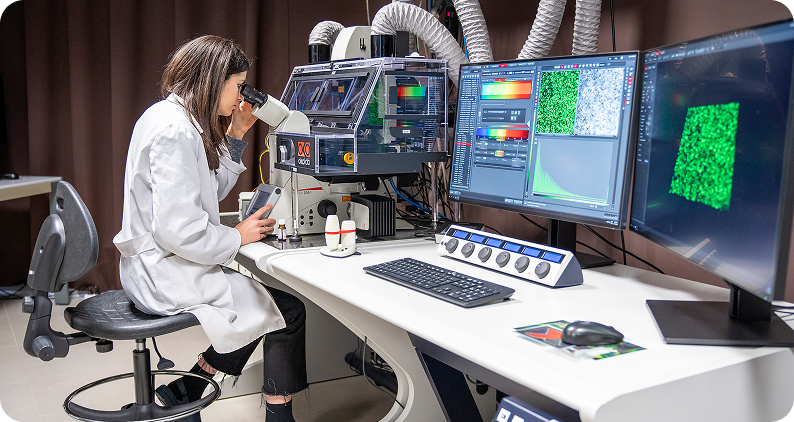
Applications:
Modelling of cell dynamics using physical principles
Development of protein-based biomaterials guided by biophysical logic
Quantum processes in molecular biology
Cross-sector Spectroscopy
Spectroscopy techniques like Raman and LIBS are adapted across sectors — from space exploration to atmospheric analysis and medical diagnostics. This line focuses on developing robust, portable, intelligent instruments for extreme or sensitive environments.
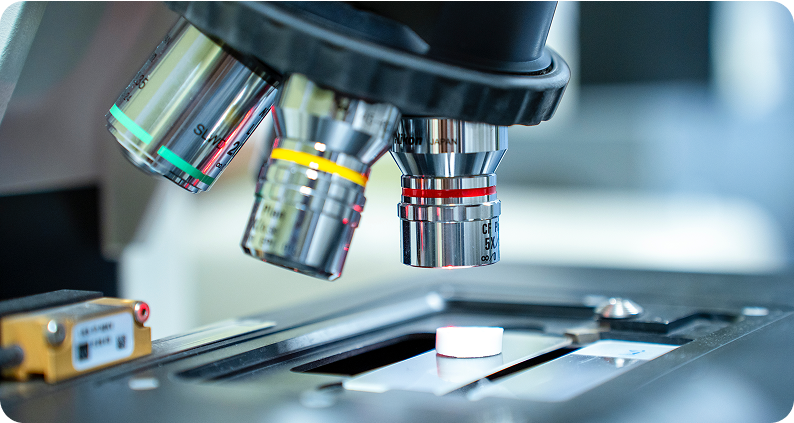
Applications:
Instruments used on Mars rovers adapted for in-situ clinical diagnostics
Detection of atmospheric pollutants in real time
Material analysis in aerospace and environmental engineering
Artificial Intelligence and Imaging
Teaching machines to see — across Earth, space and the human body. This line develops machine learning and deep learning models for analysing complex visual data. Insights and algorithms travel between fields, improving accuracy and efficiency in diverse domains.

Applications:
AI models for medical imaging, trained using astronomical datasets
Automated cloud and aerosol recognition from atmospheric data
Cross-training between clinical, planetary and environmental imaging
Space Technology and Space Economy
From Earth to orbit, and back.
This line focuses on designing space-ready technologies that also generate value on Earth. It includes systems for in-situ resource utilisation (ISRU), life-support technologies, biomining and payload development.
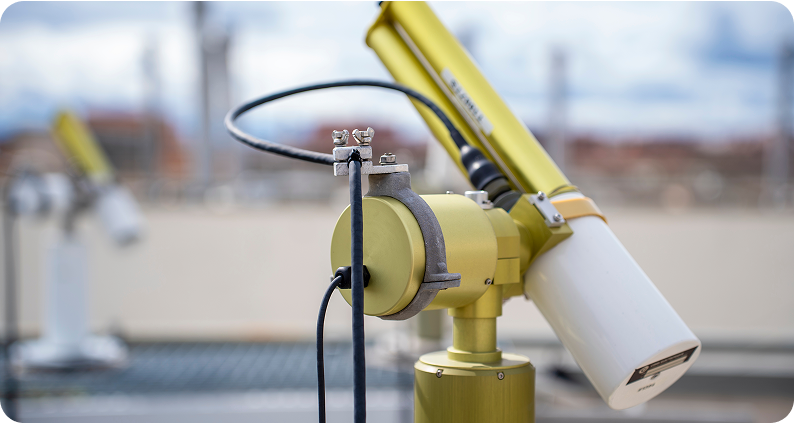
Applications:
Sustainable oxygen generation and water recovery systems for space habitats
Detection of atmospheric pollutants in real time
Prototypes tested in ESA Business Incubation Centre and deployed in real missions
Quantum Communications and Sensing
Harnessing the rules of the quantum world for real-world needs. This line develops technologies based on quantum properties for ultra-sensitive measurement, secure communications and advanced computing. The work is aligned with major European initiatives like EuroQCI.
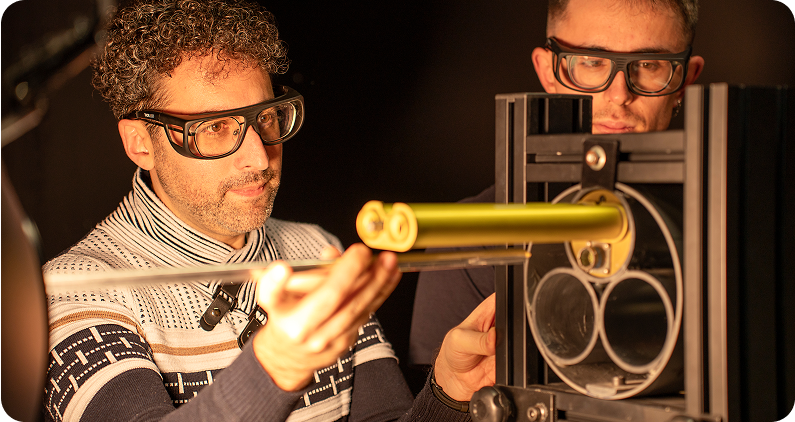
Applications:
Development of quantum-secure communication protocols
Quantum sensors for biomedical and environmental applications
Infrastructure for future quantum networks
Collaboration Across Groups
Each line is inherently cross-disciplinary. Teams from all four LaDIS groups are involved in at least one strategic line — and often several — working together to develop shared tools, experimental designs and new conceptual frameworks.
This is where LaDIS becomes more than the sum of its parts. Our strategic lines are not categories. They are frontlines — of innovation, of integration, and of the kind of science that can’t be done alone.
